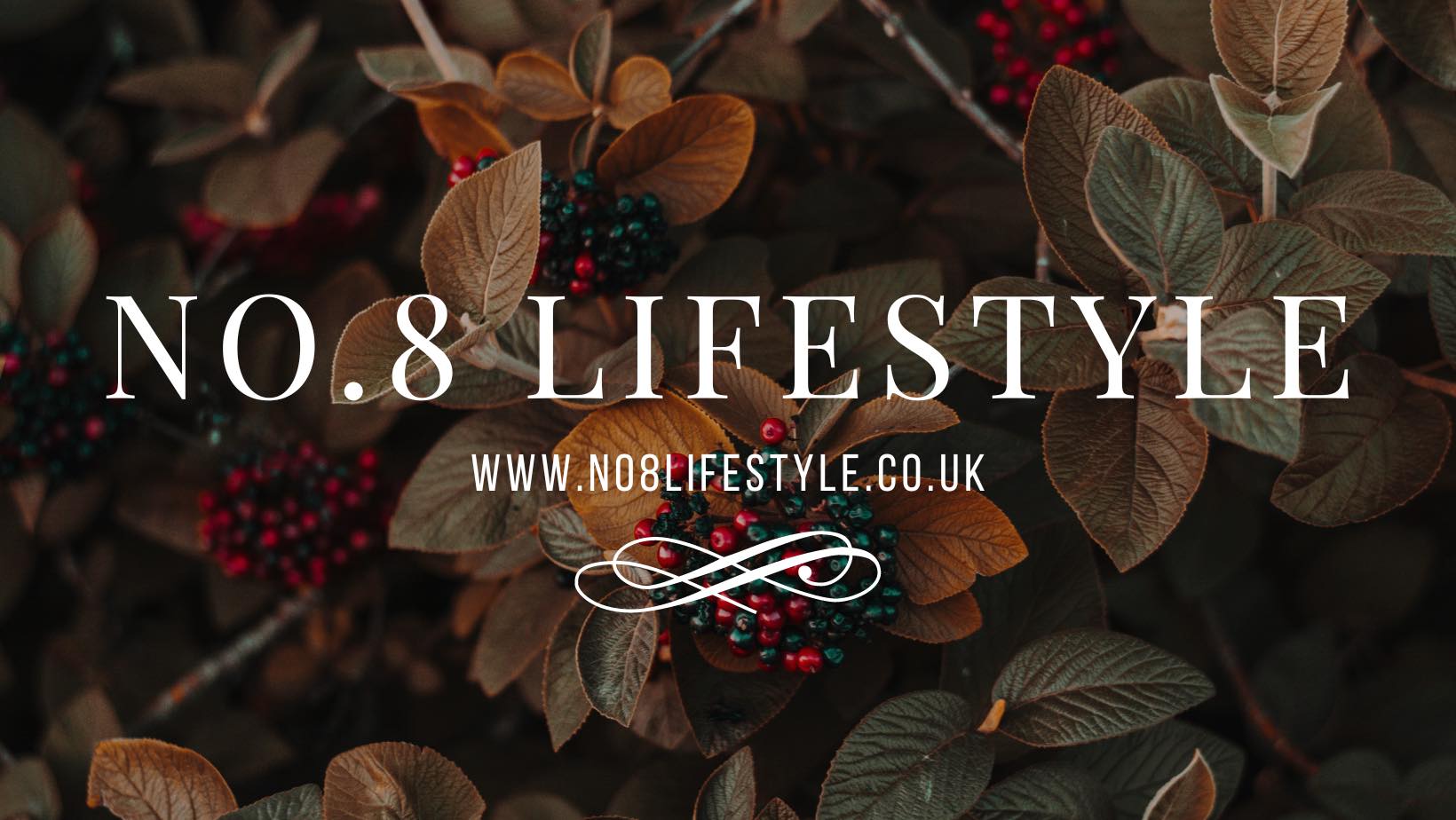“You make it look so easy!” A comment I hear a lot at No. 8 when customers see me behind the counter making a bouquet, arrangement or when I’m running a workshop.
I guess you could say the same to a surgeon or carpenter. But in reality, it takes training, practice and experience to become an expert in your field and it’s a continuous learning journey.
With most professions where there is an aspect of design, from interiors to photography to flowers we learn about the ‘elements and principles of design’ – making a composition balanced, harmonious and aesthetically appealing.
The elements of design refer to the basic building blocks of any composition whilst the principles of design refer to how those elements are used. It is then a case of applying these to your profession – floristry, interior design etc.
But I am all about bringing the beauty of floristry and botanical living to the masses and have simplified the 5 key flower ingredients you need to make a harmonius, balanced and beautiful bouquet that you can admire and create time and time again.
Line Flower
A linear or elongated stem that sits above the rest of the flowers and adds an airy feel. Examples include veronica, delphinium, lisianthus and astilbe.
Mass Flower
A round, single flower, often the focal flower that catches your eye first in an arrangement. Examples include rose, hydrangea, dahlia and peony.
Form Flower
A stem which adds height and width, usually with multiple flowers. Examples include clematis, freesia, orchid and lily.
Accent Flower
Also known as ‘filler’ flowers, there is a common misconception that these are cheap and cheerful flowers but in actual fact these are beautiful in their own right and are great at filling gaps and blank spaces or covering floral mechanics. Usually these are branched or clustered in appearance. Examples include astrantia, spray roses, orlaya, ammi and waxflower.
Foliage
Traditionally foliage has been used to cover floral mechanics in an arrangement such as floral foam, moss and container edges but in recent years, foliage has become a much more dominant and important element of a design. It can be used to form a structure or sustainable eco-friendly base and also make flower colours pop. Foliage bouquets are also becoming a popular choice for weddings. Examples include soft and hard ruscus, eucalyptus, pittosporum, cocculus.
Give it a go yourself and see how you get on.
….and if you want an easy way to remember these points…. Look My Flowers Are Fabulous!
Let's stay in touch
I’d love to write to you each month to let you be the first to hear about our news, top tip guides, workshops & events delivered directly to your inbox! I promise to never spam you.
By leaving us your email address, you agree for us to email you in accordance with our Privacy Policy. You may unsubscribe at any time.

